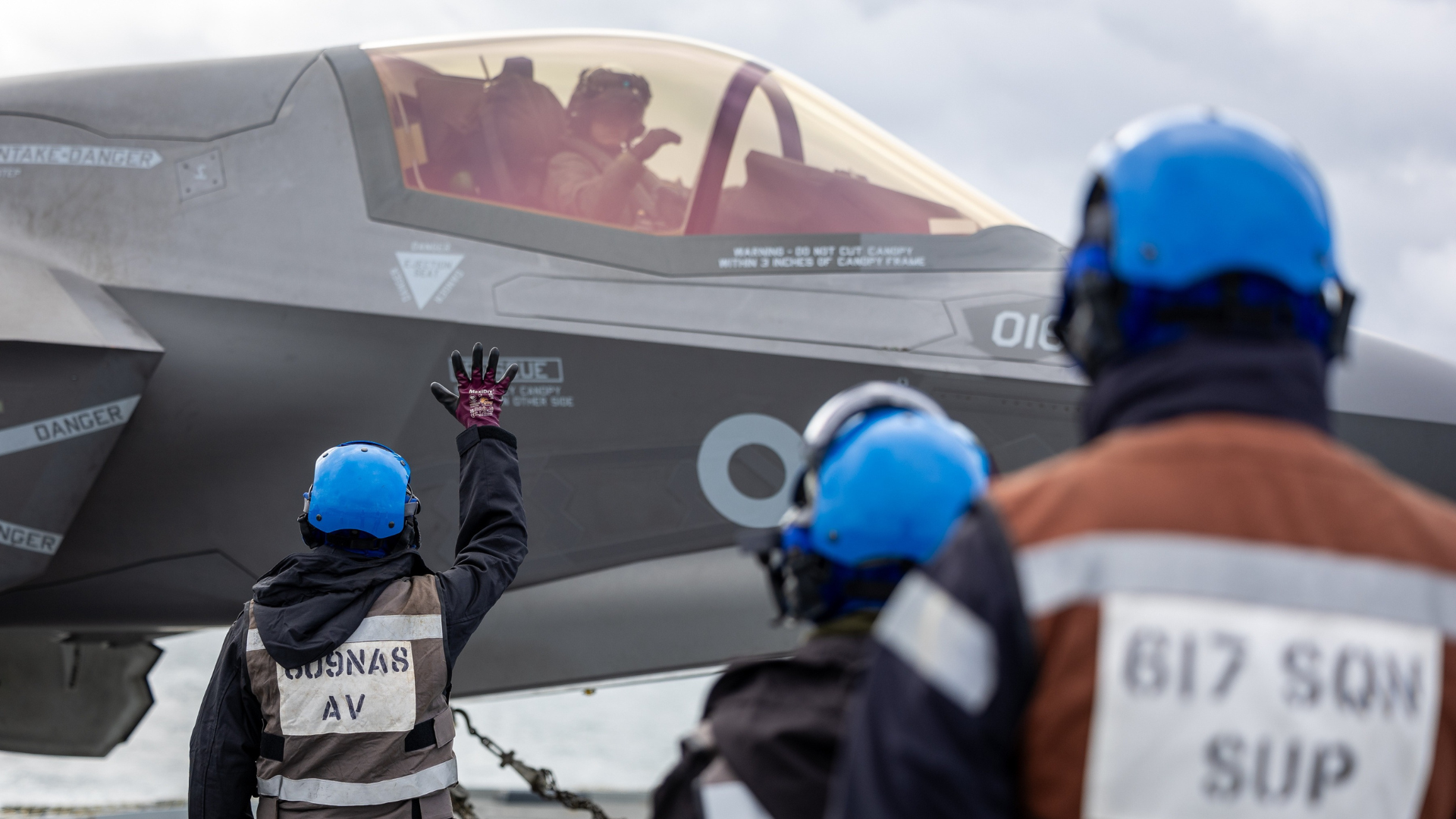UK company GKN Aerospace announced this week that is has successfully delivered its first leading edge demonstrator as part of the EU’s Clean Sky research programme – paving the way for the next stage of development of a ultra-high performance, natural laminar flow (NLF) wing.
The £2.5m development is part of the Ground Based Structural and Systems Demonstrator (GBSSD) phase of Clean Sky, and was developed in collaboration with GKN Aerospace centres in Luton and Bristol, alongside a team of GKN employees working at the UK National Composites Centre (NCC) in Filton.
GKN’s leading edge demonstrator is 4.5m x 1m, and in 2015 will be attached to a partial wing box assembly for the left wing section of the demonstrator. The leading edge has been developed in conjunction with Airbus, who will also manage the assembly of the leading edge components at the Manufacturing Technology Centre (MTC), Coventry.
The key innovative aspects of the leading edge are that not only does it included electro-thermal wing ice protection technology integrated within the composite panels, but that additive manufacturing processes (3D) have been used in its production – helping reduce weight.
What is ‘Natural Laminar Flow’?
‘Laminar Flow’ is the smooth, uninterrupted flow of air over the contour of wings. CS’s ‘Natural Laminar Flow’ programme is aimed at creating conditions to ensure the air which flows from the leading edge to the trailing edge on an aircraft wing, is much more streamlined than current generation aircraft wings. This will reduce drag on the aircraft and therefore allow it to use less fuel/ engine power in the take off & landing phases in particular.
In order to achieve this increased level of NLF, the wing should be thinner, lighter and also have a perfectly clean surface, free of dust, dirt and insects – all of which can ruin the profile’s effectiveness and the amount of ‘laminar flow’ which is achieved. However, due to the temperature levels and high tolerances required on an aircraft wing, developing this technology, (against the aim for a thinner and lighter, yet structurally strong, wing), is a challenging task.
What improvements could this NFL technology deliver?
The next stage of the programme is to integrate the technology on the outer 3rd of a modified Airbus A340-300, for a 150-200 flight test programme. If successful, the technology has the potential to provide 3-4% in fuel savings – a considerable amount when global fuel costs for aviation in 2013 were well over $200bn.
A340 NLF Demonstrator Model at Farnborough 2014
Information on Clean Sky
The work undertaken and the use of UK expertise in NFL wing design and development is part of the Clean Sky Research programme. CS is a (Joint Technology Initiative) between the EU and European industry, aimed at safeguarding European aeronautics competitiveness and the development of technology which reduces aviation’s environmental impact.
This is designed to not only meet emissions reductions targets agreed by European industry, but also to position European aerospace industry to win future business through innovation. In the context of on going discussions surrounding the EU budget, research programmes such as CS and H2020 are vital in providing the research environment and funding backdrop to ensure European and UK industry remain market leaders and retain key skills and expertise.






